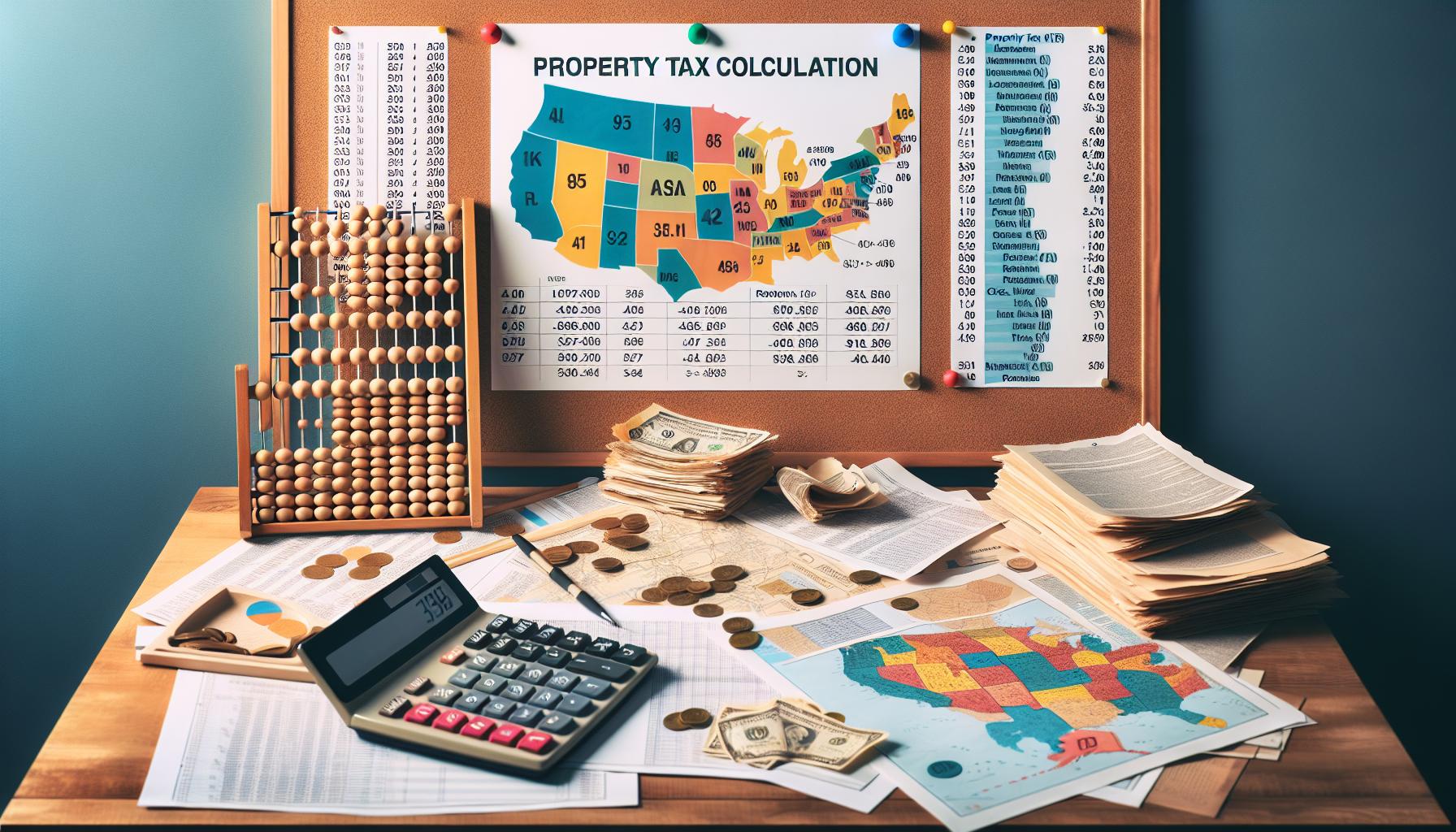Property taxes play a significant role in the cost of owning a home in the USA. Understanding how these taxes are computed, the variables that affect your tax bill, and the differences in taxes between states is essential for smart financial planning. Here’s a straightforward guide to property tax calculations and state rankings.
What Are Property Taxes?
Property taxes are charges that local governments impose on real estate properties, such as homes, businesses, and land. They generate vital funds for local services like schools, road repairs, and emergency services.
Understanding Property Tax Calculations
Calculating property taxes can be straightforward but varies greatly by location. The core formula applied nationwide is:
Property Tax = Assessed Home Value x Local Tax Rate
- Assessed Home Value: This value is assigned by your local tax assessor. It might not match the current market value, as assessors use percentages or various appraisal methods.
- Local Tax Rate: Often called the millage rate, local authorities set this rate, expressed per $1,000 of assessed value. It’s determined by the budgetary needs of your area.
Factors Affecting Property Tax Bills
Many elements could impact your property tax bill, such as:
- Location: Tax rates differ depending on the state’s, county’s, or city’s financial needs. Service costs and public funding requirements can vary widely by region.
- Property Value Changes: As property values rise or fall, the assessed value changes too, affecting your tax bill. These assessments can be updated during sales, renovations, or scheduled revaluations.
- Exemptions and Deductions: You might qualify for exemptions or deductions that lower your taxable property value. These include homestead exemptions, senior citizen deductions, or veteran exemptions.
State Rankings by Property Tax Rates
Property tax rates vary widely across the United States, influencing where people decide to settle. Consider these general patterns:
- States with Low Property Taxes: States like Hawaii, Alabama, and Louisiana boast some of the lowest property tax rates. They often rely more on sales or income taxes for revenue.
- States with High Property Taxes: Northeastern states, such as New Jersey, Connecticut, and New York, typically feature higher property taxes due to increased local government costs and broader public services.
These tax differences are a critical component when deciding on home purchases, as they greatly affect long-term affordability and financial planning.
Conclusion
Knowing how property taxes are calculated and understanding state tax rate differences is key to managing your personal finances. With insight into your local tax system, property value assessments, and applicable rates, you can accurately predict your yearly expenses and make well-informed real estate decisions. Keeping tabs on these elements ensures you’re prepared for tax shifts and can adapt your financial strategies effectively.
A solid grasp of property tax can save you money and provide peace of mind by preventing surprises at tax time.
For more detailed information, you can visit the source on Investopedia.

